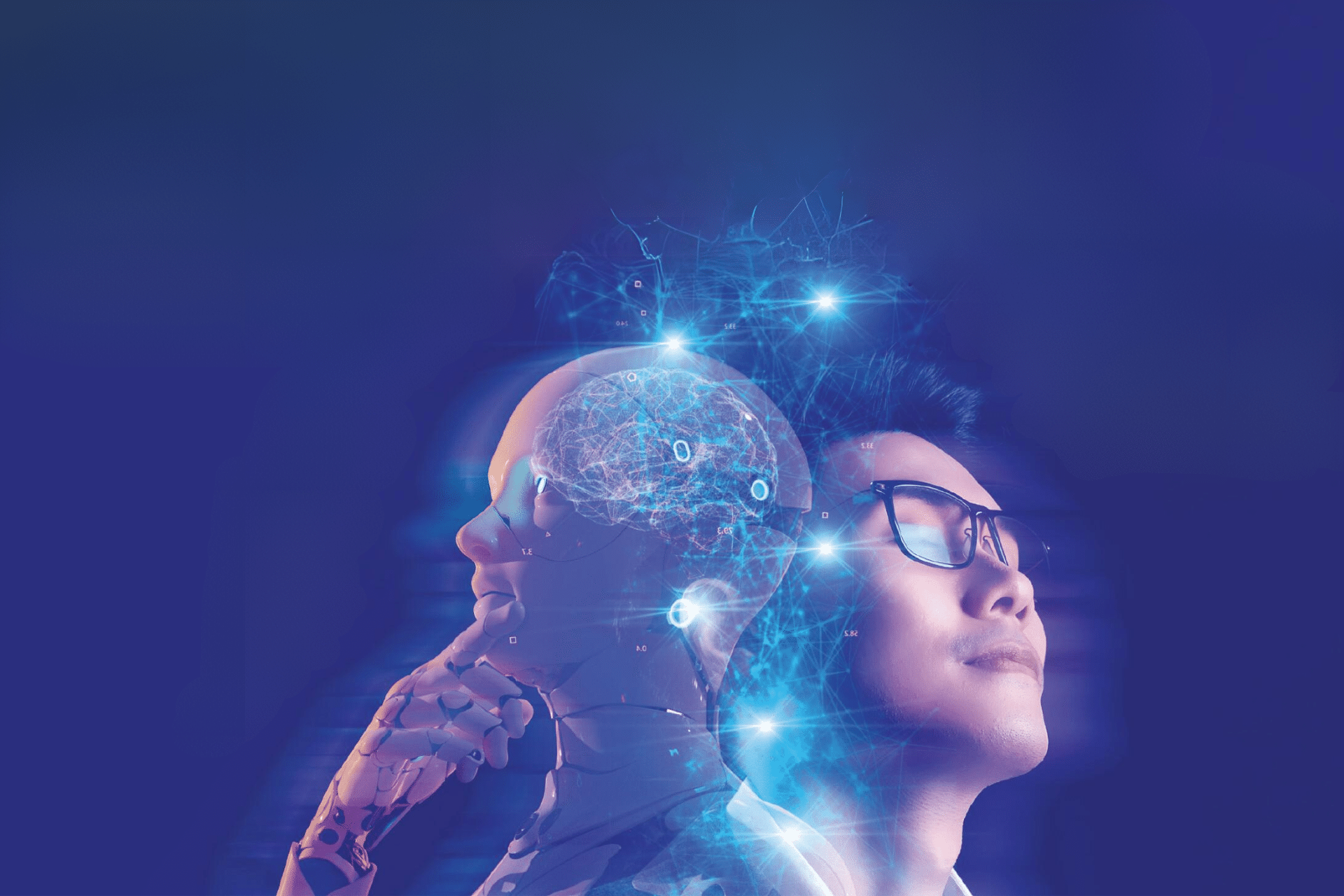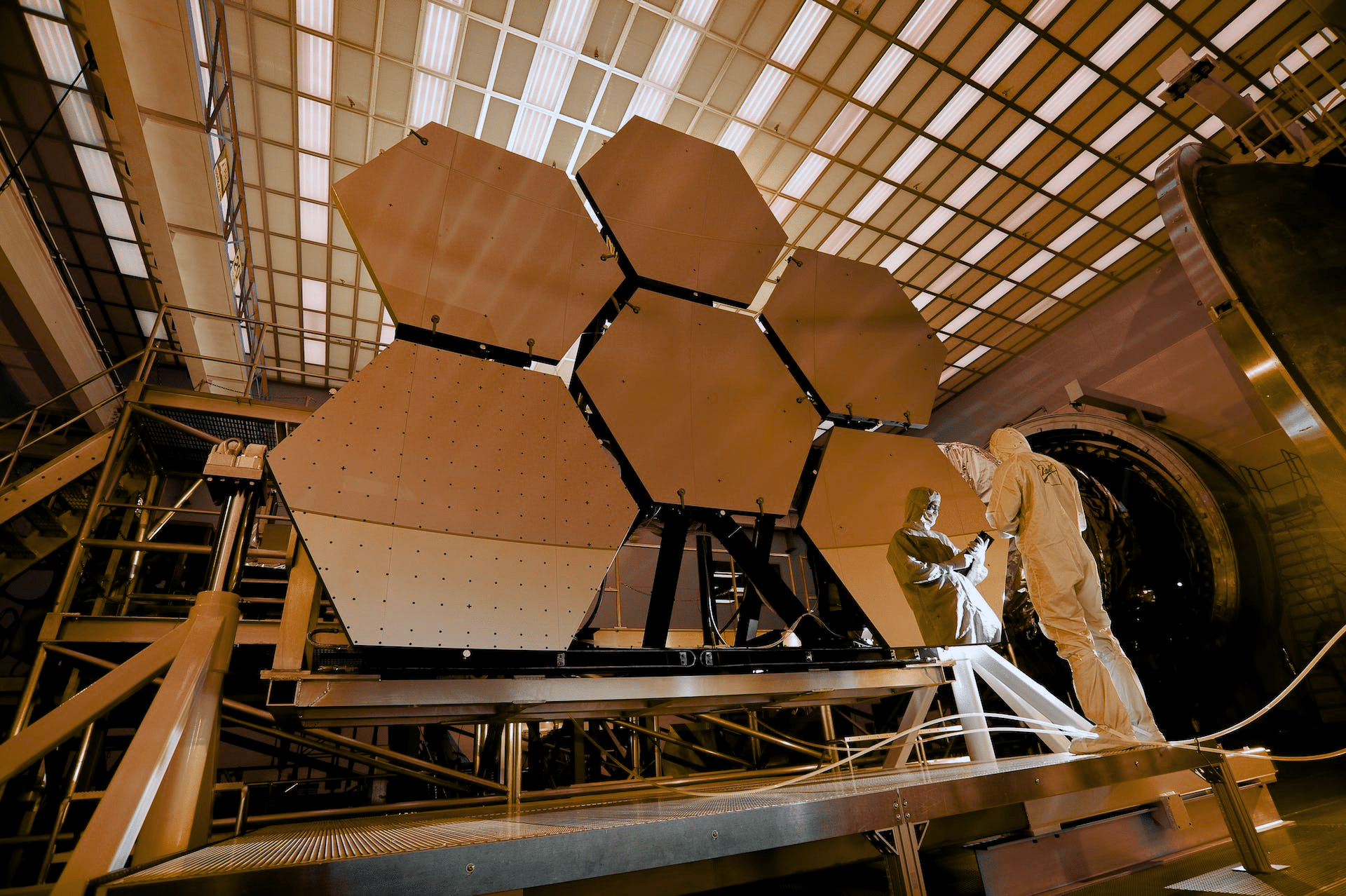Promising certainty from insight. How will you leverage its potential?
How many times have you reviewed an unsuccessful project or initiative and realised that with a different approach, or timely insight, you could have made it work? In the aftermath of such failures, the only benefits we’ve been able to salvage have been those offered in hindsight. Along with the consolation that, given the chance, “we’ll do it differently next time”.
With the evolution and now commercialisation of the digital twin, this unsatisfactory scenario is happily changing. Digital twins deliver real-time insights into the behaviour and performance of physical assets and processes, so we can identify issues before we encounter them, and find ways to navigate around obstacles without them hindering our progress towards a successful outcome.
With one of Tecala’s key brand promises being to ‘remove obstacles, before you hit them’, digital twins have become an important transformational technology for us. More than any other emerging tech, they enable us to deliver on this promise with absolute confidence.
An industry poised for growth
The confidence we have in digital twins is reflected in the rapidly expanding Digital Twin market. They’re already being used in many countries, with Gartner¹ estimating that by 2027, over 40 percent of large companies worldwide will be using digital twins in their projects to increase revenue, with another source saying that the global Digital Twin market is projected to reach USD 73.5 billion by 2027².
What is a digital twin?
A digital twin is a virtual representation or digital model of an intended or actual real-world physical product, system, or process.
Digital twins are already starting to revolutionise the way many industries operate. With use cases already being seen in healthcare, construction, manufacturing, and urban planning, digital twins are giving people insights to the real-world behaviour of their products, systems, or process in different circumstances, so they can optimise the way they operate.
Because they can replicate everything from the physical world in a digital or virtual ‘twin’, the technology enables companies to quickly detect and solve physical problems, so they can design and build better products, and realise the value and benefits of potential investments faster than previously possible.
Incorporating advanced analytics, machine learning (ML), and artificial intelligence (AI) algorithms to provide a comprehensive understanding of the physical entity they represent, digital twins are already being applied to many of the services mid-market organisations use on a daily basis.
Take Threat Detection and Monitoring in cyber security as an example. Digital twins enable security teams to identify potential threats in real-time, and take proactive measures to mitigate risks before they escalate into business-disrupting events. They can also be used to simulate cyber attack scenarios in penetration testing and assess the security posture of an organisation.
In healthcare, digital twins are being used to create digital representations of a patient, with personal history, genetics, and health monitoring, to simulate the progression of diseases, test various treatment options, and tailor interventions to meet the specific needs of each patient.
What types of digital twins are there?
There are many different types of digital twins, each one able to cater to different industries, asset types, or objectives. The simplest categorisations we could find when researching this blog came from IBM in its ‘What is a digital twin’ article³.
Component twins or Parts twins
Component twins are the basic unit of a digital twin, the smallest example of a functioning component. Parts twins are roughly the same thing, but pertain to components of slightly less importance.
Asset twins
When two or more components work together, they form what is known as an asset. Asset twins let you study the interaction of those components, creating a wealth of performance data that can be processed and then turned into actionable insights.
System or Unit twins
The next level of magnification involves system or unit twins, which enable you to see how different assets come together to form an entire functioning system. System twins provide visibility regarding the interaction of assets and may suggest performance enhancements.
Process twins
Process twins, the macro level of magnification, reveal how systems work together to create an entire production facility. Are those systems all synchronised to operate at peak efficiency, or will delays in one system affect others? Process twins can help determine the precise timing schemes that ultimately influence overall effectiveness.
How do digital twins work?
Digital twins rely on sensors, data, and connectivity, along with analytics and reporting tools to do their work.
Sensors collect real-time information from the physical assets or systems. This stream of data is then connected into digital platforms, where patterns, anomalies, and trends in the data can be analysed and then represented as virtual replicas or models.
Through real-time monitoring, predictive analytics, and data-driven decision-making, digital twins mirror the behaviour and characteristics of its physical counterpart. And by using AI and ML it identifies correlations, anomalies, and trends to predict future behaviours and performance.
What benefits can we experience from digital twins?
In situations where optimised performance and efficiency are the priority, digital twins enable you to monitor, analyse, and optimise the performance of physical assets or processes. Because they simulate multiple different scenarios and conduct predictive analytics in near-real time, you quickly identify opportunities to improve efficiencies, reduce downtime, and optimise productivity.
In situations where proactive maintenance and risk mitigation are the focus, digital twins detect anomalies and predict potential failures before they occur. They can also mitigate risks by allowing you to simulate and evaluate the impact of various risk factors on asset performance. Clearly a huge benefit in product development, asset management, or risk management scenarios.
Being able to make informed decisions and to drive innovation are both key factors for organisations operating in these hyper-competitive environments. Digital twins deliver an edge by providing valuable insights and data-driven intelligence to enable smart decision making. New product development becomes more successful because the digital twin is allowing you to simulate different scenarios, assess potential outcomes, and make continued adjustments in anticipation of these predicted specific customer needs arising.
What technology factors will ensure you enjoy success with digital twin technology?
With digital twin technology dependent on connectivity into the cloud, your organisation will need to ensure you have the right core technology services in place.
Cloud infrastructure is essential for hosting digital twin models, storing large volumes of data, and providing computational resources for analytics and simulations.
Digital twins rely on real-time data from IoT sensors and devices to accurately represent the physical assets or systems they model, and connectivity infrastructure to transmit this data to the cloud for analysis.
Once the data is in the cloud, your automation, data, and AI services can kick in. They aggregate, process, and analyse the data from various physical sources to create and maintain your digital twin models.
Using advanced analytics, ML, and AI algorithms, they analyse the data to predict behaviours and deliver predictive insights. Actionable insights can then be taken from the digital twin data to enable informed decision-making.
Because your data is being transferred through your core cloud and connectivity services, a security and privacy framework is required to protect the confidentiality, integrity, and availability of the digital twin and the physical asset it is mirroring.
Encrypting data transmitted between the digital twin and its physical counterpart, implementing strict access controls, and network segmentation, among other measures will need to be considered, so talk to your Cyber Security partner to ensure you have the correct measures in place.
Unified collaboration and interpretation tools, delivered through platforms like Microsoft 365 enable your teams to interact with the digital twins and derive value from them, while Governance and lifecycle management frameworks ensure you can effectively manage the digital twin initiatives.
At the intersection of Automation, Data and AI, supported by Managed IT, Cloud, Communications and Cyber Security, there’s a world of unlimited possibilities where technology is being used to amplify human potential and drive the profitability and performance of organisations.
¹ Gartner; Top Strategic Technology Trends 2023, 2023.
² MarketsandMarkets; Market Report: Digital Twin Market, July 2023.
³ IBM; What is a digital twin?.



